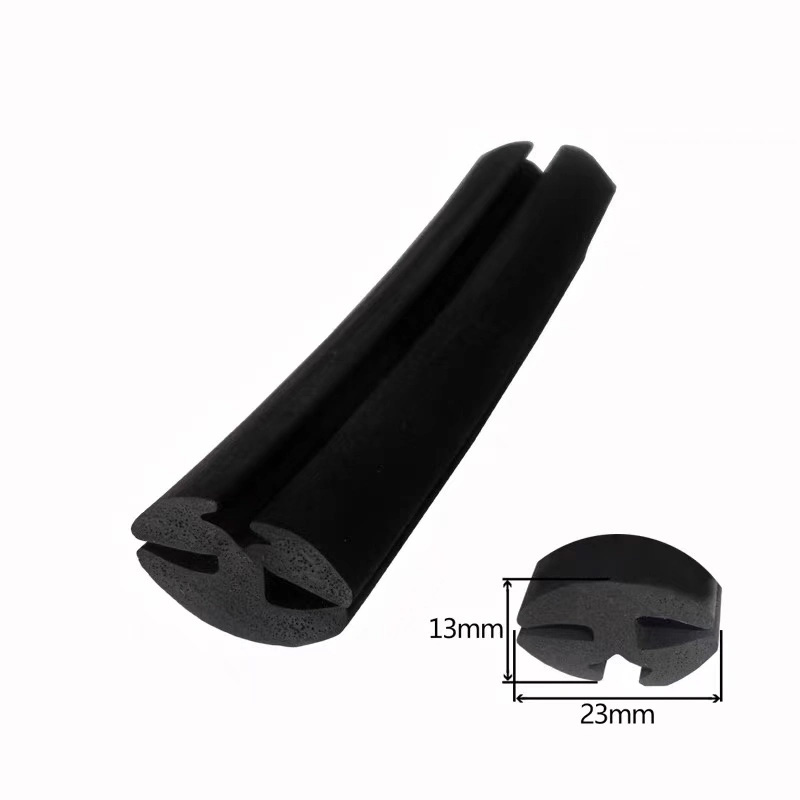High-Quality Steel Production from Craftsman File Manufacturers for Durable Tools and Equipment
The Art of Craftsmanship Inside a File Steel Factory
In the bustling heart of industrial manufacturing, the file steel factory stands as a testament to the age-old tradition of craftsmanship. The intricate process of producing high-quality files requires not only advanced technology but also a profound understanding of materials and techniques passed down through generations. This article delves into the fascinating world of a file steel factory, exploring the meticulous process behind one of the most essential tools used by artisans and craftsmen alike.
The Essence of Quality Steel
At the core of every file is its steel composition. The raw materials used in a file steel factory are meticulously selected for their properties. High-carbon steel is typically favored due to its hardness and ability to retain a sharp edge. The manufacturing process begins with the careful heating of the steel to a specific temperature, which enhances its malleability. This step is crucial as it lays the foundation for the subsequent shaping and cutting processes.
Shaping the Future
Once the steel has been heated, it is transformed into a workable form through a series of forging and rolling processes. This shaping is done using powerful machinery operated by skilled technicians who understand the significance of precision in their craft. The tempers of the steel are adjusted to create the desired hardness and flexibility, ensuring that the final product will meet the rigorous demands of both professional tradespeople and hobbyists.
Cutting and Designing
The next phase in the production of file steel involves cutting and designing. Using advanced CNC (Computer Numerical Control) machines, precise patterns and profiles are cut into the steel. This step is not only about efficiency but also about creativity, as different file shapes serve various purposes – from flat files for smoothing surfaces to round files for shaping and enlarging holes. Each design requires a keen eye and an understanding of how the tool will interact with different materials.
craftsman file steel factory

Hardening and Finishing
After shaping and cutting, the files undergo a hardening process. This involves heating the steel to a high temperature and then rapidly cooling it through quenching. This method significantly increases the hardness of the steel, resulting in a durable file capable of withstanding the rigors of use. Following hardening, the files are tempered to reduce brittleness, ensuring they maintain structural integrity while still being capable of effective filing.
The final touch is the finishing process, where each file is meticulously inspected and polished. This stage is crucial for ensuring that the file not only performs well but is also aesthetically pleasing. A skilled craftsman inspects each file for imperfections, guaranteeing that only the highest quality tools leave the factory.
The Legacy of Craftsmanship
The commitment to quality in a file steel factory is rooted in the legacy of craftsmanship. Every file produced tells a story of skilled labor, innovation, and respect for tradition. The artisans and workers involved in the manufacturing process take pride in their work, ensuring that the files they produce are not just tools but extensions of their craftsmanship.
As we navigate a world increasingly dominated by automation and mass production, the craftsmanship found in file steel manufacturing reminds us of the importance of quality and tradition. These files are not mere commodities; they are legacy tools that empower craftspeople to create, innovate, and bring their visions to life.
In conclusion, the file steel factory embodies the spirit of craftsmanship—a blend of tradition, skill, and artistry. The meticulous processes that transform raw materials into precision tools remind us that, in an age of rapid advancement, there remains immense value in the pursuit of quality and mastery. Each file leaves the factory as a symbol of dedication to the craft, ready to assist artisans in their timeless quest for perfection.
Share
-
The Best Lubricants for Aluminum Roller GuidesNewsJul.23,2025
-
Slitting Machine Applications in the Packaging IndustryNewsJul.23,2025
-
Rolling Roller Balancing Techniques for Smooth OperationNewsJul.23,2025
-
How To Optimize An EV Battery Assembly LineNewsJul.23,2025
-
Energy Efficiency in Modern Battery Formation EquipmentNewsJul.23,2025
-
Automation Trends in Pouch Cell Assembly EquipmentNewsJul.23,2025







